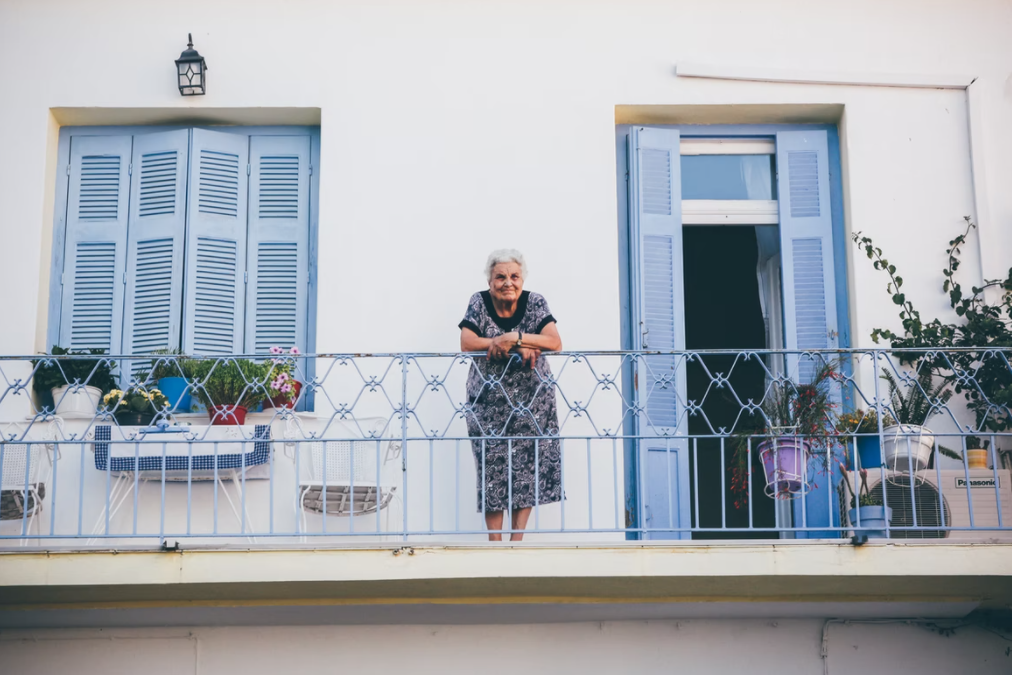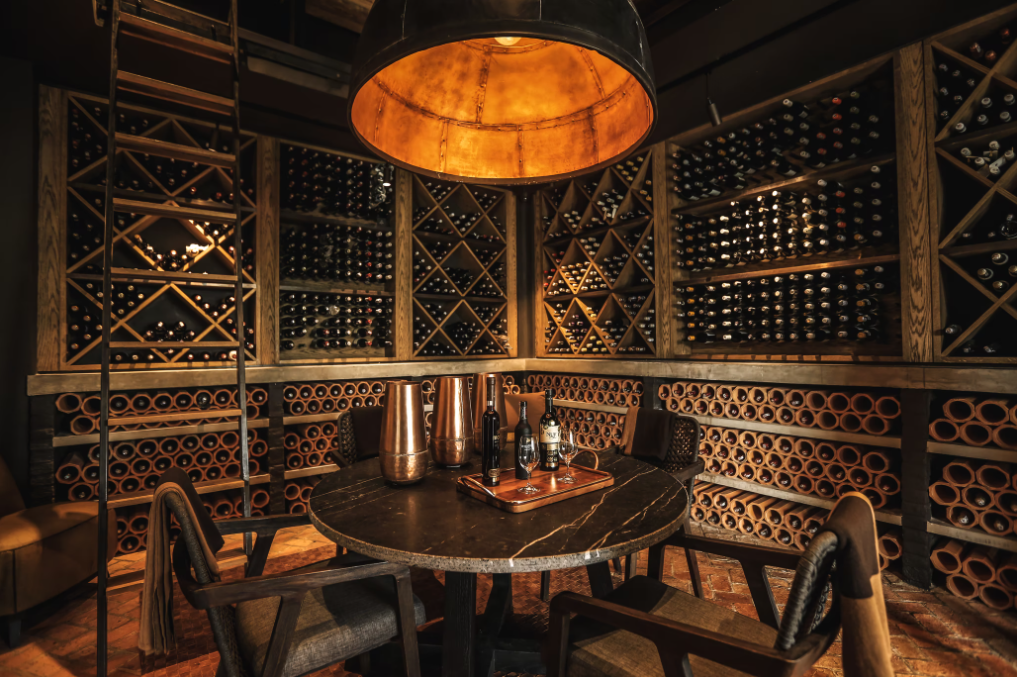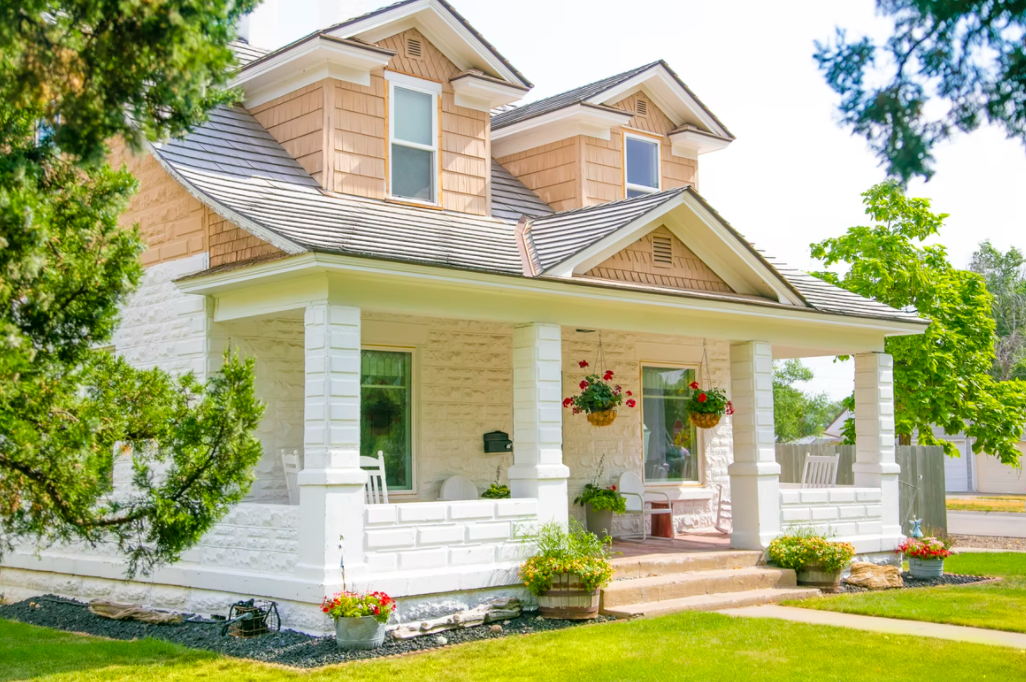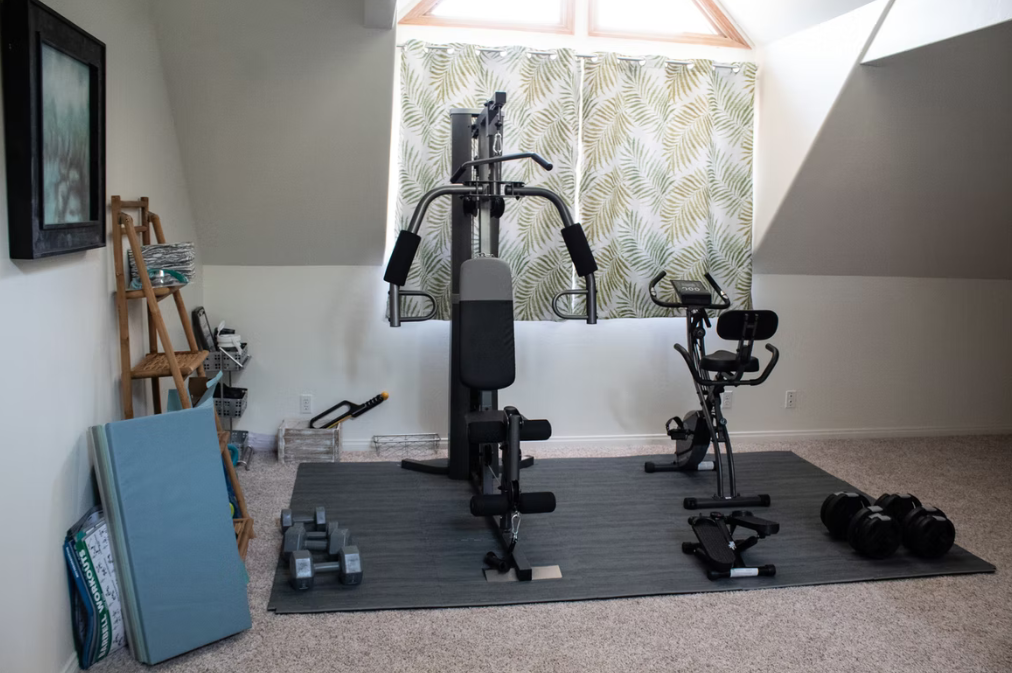Make Your Home More Elderly-Friendly With These 6 Tips
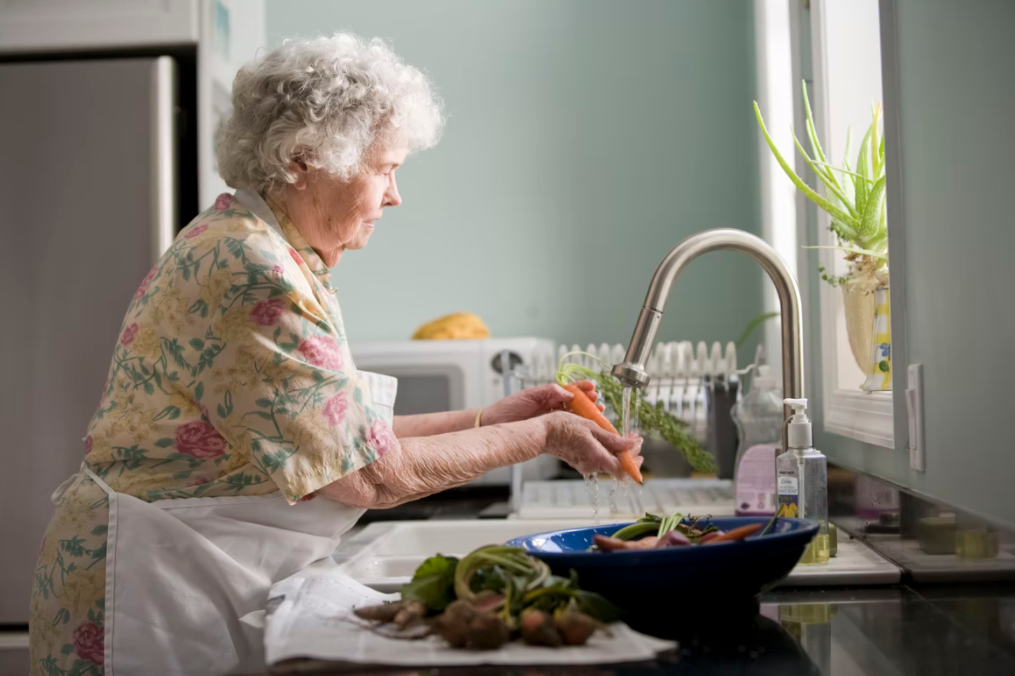
Do you have elderly family members? Here is how you can make your home a little more elderly friendly!
Aging in place is a term that describes the process of aging where you live, rather than moving to an assisted living facility or nursing home. It doesn’t mean giving up your independence and freedom; it means adjusting your lifestyle so that you can continue to age with dignity and enjoy life as much as possible for as long as possible.
1. Determine Your Future Needs or Those of Your Elderly Loved One
The first step in making your home more elderly-friendly is to think about the future needs of yourself or an elderly loved one. What adjustments can you make now that will make life easier down the road? This might include widening doorways and hallways, adding grab bars in the bathroom, installing a chair lift or ramps, or increasing storage space to make it easier to get around. According to stiltz duo+ “lifts will help you stay in the home you love when the stairs become too much.” Think about what activities are important to you and your loved one and try to create a home that is conducive to those activities. If spending time in the garden is important, make sure the yard is accessible and has a comfortable sitting area. If reading or knitting is a favorite pastime, install comfortable chairs and a good light source.
Making small adjustments to your home can make a big difference in the quality of life for elders. Talk to your family and friends about their needs and suggestions, and take their advice to heart as you make changes to your home.
2. Create a Safe and Comfortable Environment
It’s important not to forget about safety when making your home more elderly-friendly. It’s important to have grab bars in the shower and toilet area, non-skid mats in the bathroom and kitchen, adequate lighting throughout the house, and sturdy furniture that won’t wobble. Seniors are also more susceptible to falls, so it’s important to remove any clutter from walkways and keep out of the way. Install railings along staircases or use a chairlift to make it easier for older adults to get up and down the stairs.
3. Make Your Home Accessible to Everyone
It’s not just seniors who need help getting around their homes, so consider the needs of everyone in your home when making changes. If you live with children or grandchildren, keep toys picked up and stairs clutter-free. Install handrails along both sides of hallways to make it safe for kids and pets alike to move throughout the house. Keep furniture pushed against walls instead of blocking walkways, and install doorknobs that are easy for all ages to turn.
4. Go Tech!
From large screen TVs hanging on walls technology integrated into appliances like washing machines, ovens, and refrigerators. You can now buy home security systems that allow you to keep an eye on things while you’re away, or program your thermostat to adjust the temperature automatically when you’re not home.
There is a multitude of tech gadgets on the market today that can make life easier for everyone in the family, regardless of age. Do some research and find the products that work best for your needs and budget.
5. Create a Warm and Inviting Atmosphere
One of the best ways to make your home more elderly-friendly is to make it feel warm and welcoming. Add comfortable furniture, plenty of plants and flowers, pictures and paintings on the walls, and rugs on the floor. Install dimmers on lights so you can set the mood based on your activity and tastes, and enjoy creating a home that is uniquely your own.
6. Get Help and Advice From the Professionals
If you’re feeling overwhelmed by the task of making your home more elderly-friendly, don’t hesitate to seek help from professionals. There are many companies that specialize in designing and renovating homes for seniors, and they can help you make the changes you need to make your home safer and more comfortable. Talk to your family and friends, do some online research, or consult with a professional to get started on making your home more accommodating for those who are aging in place.
The best way to make your home more elderly-friendly is by making it feel warm and welcoming. We all know that the needs of our elders are changing, so it’s important to have a home that can accommodate for this change. This article will cover the following points: what is aging in place, how to think about your older self’s needs, making adjustments to your home, and much more! Making small adjustments may be just enough for you or someone else if they’re getting on in years. Talk with friends and family members about their experience living as an elder at home – you never know where inspiration might come from!


